(Since 2014, we’ve run two more surveys about gamification at work. Discover our findings from 2018 and 2019.)
Does gamification build community?
To understand if gamification could build a community, we asked respondents to indicate how often they comment, review and share content.
The answers show that passive reading of course reviews and forum comments is more prevalent than writing reviews and commenting (83% versus 50%). Half of the users don’t bother sharing e-learning content on social media either. And a surprisingly large number (32%) rarely or never vote on content.
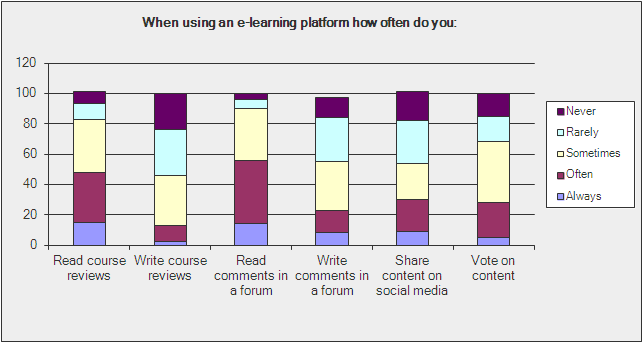
These results show there’s huge room for improvement to design courses and features that will inspire learners to be part of their e-learning community.
Which game elements are most motivating?
The majority (62%) of respondents said they’d be motivated by leaderboards. Respondents also indicate that leaderboards would boost competition among learners. A whopping 89% said that a point system would increase their engagement with an e-learning application.
Users also indicated that they’re heavily (82%) in favor of multiple difficulty levels and explorable content. But they don’t seem to particularly care for badges or LMS links to existing social media, like Facebook and Twitter.
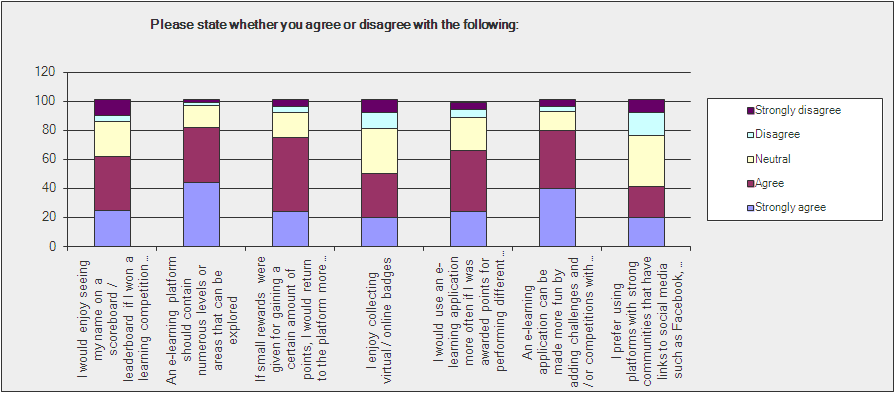
In any case, a strong demand for gamification is already here: 79% of the respondents said they’d be more productive if their university/institution or work was more game-like.
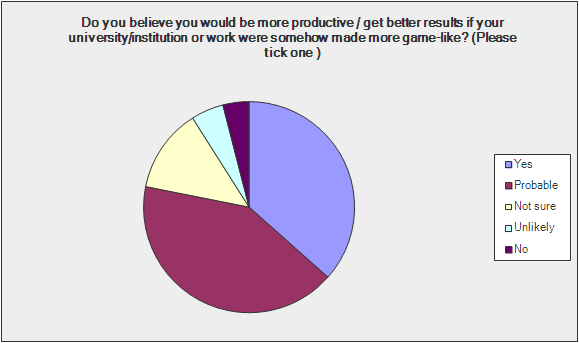
What about rewards?
To understand which kind of rewards might increase engagement, we asked respondents to rate a few options. We found that most users seem to prefer discounts on new content/courses (69%) and access to exclusive content (78%).
Rewards such as badges and score points, while gimmicky, still entice 60% and 50% of respondents respectively.
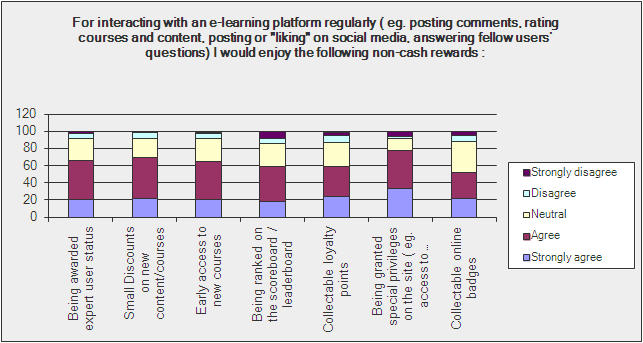
A respectable percentage of users (25%) like online competitions, which they find “mostly fun”, while a large 60% majority finds them “sometimes fun”, something that shows that implementation matters.
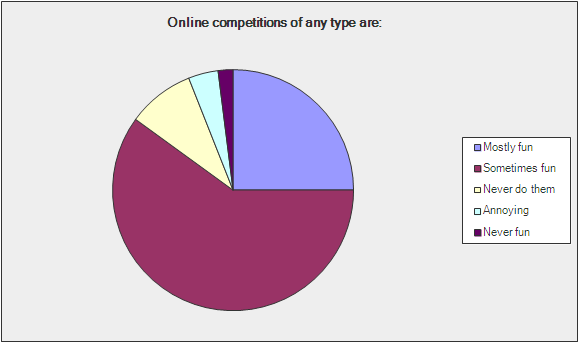
What about other game elements?
From various gamification and engagement techniques, users indicated they prefer progressing to different levels, scores, real-time performance feedback, and activity feeds. The least loved elements were virtual currencies, avatars, competition with friends, virtual gifts, and being part of a narrative (so-called “interactive fiction”).
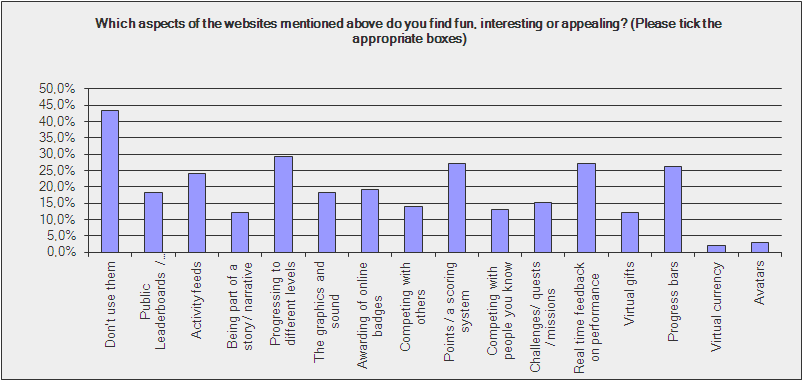
Do people play games?
To look at the bigger picture, we asked respondents if they play games. And they do! An overwhelming majority (75%) responded that they play computer and/or mobile games (50% “casually” and 27% “moderately to fairly often”).

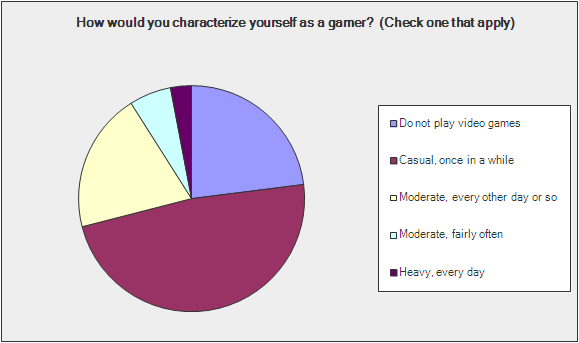
Conclusion
The survey results make a strong case for gamification as a way to increase learner engagement in online learning. Because users reject some gamification elements while embracing others, it’s important to choose the right elements in your gamification strategy.
The study of gamification in eLearning is far from over. In designing the LMS platforms of tomorrow, we’ll be conducting more research into user habits and use cases to discover how the various techniques available affect e-learning engagement and performance.
We’ll keep you updated on any new surveys and research we run, and you’ll most likely be able to use new gamification features based on what we find in future versions of TalentLMS ― so, stay tuned, and keep learning!
(Note: This survey was conducted in conjunction with Panagiotis Zaharias. Panagiotis is an eLearning and Usability expert.)
| Tags: Gamification



